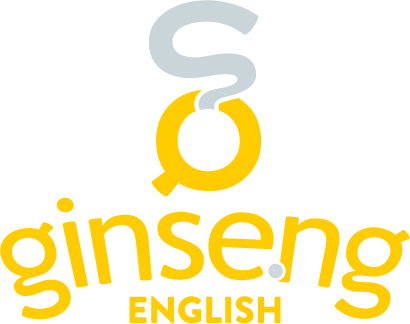We are excited to announce that a Ginseng-designed course, Professional and Academic Conversations in English (PACE), is being offered by Temple University Center for American Language and Culture.
ABout PACE
PACE is an innovative course designed to develop advanced academic and professional English through spoken interaction.
Typical academic English and professional English programs require intensive, reading-focused units, because much of the language common in professional and academic contexts does not naturally occur in everyday spoken English. In each PACE lesson, however, students are guided through four carefully structured phases, each designed to elicit that advanced language in spoken interaction.
If you want to develop your academic or professional English, but you are unable to commit to an intensive program, PACE is a great option for you.
Level
PACE is an advanced course for students at a C1 or C2 level.
| CEFR Level | |||||
|---|---|---|---|---|---|
| A1 | A2 | B1 | B2 | C1 | C2 |
Your Expert Teacher
Janine Leaman has been teaching ESL since 2009. She first taught at universities in the Kurdish region of Northern Iraq, which she did from 2009 to 2010 and 2016 to 2017. She began teaching in Temple’s TCALC program in 2011. She loves teaching because she gets to know students and cultures from all around the world. She especially enjoys when students make friendships across cultures. In her free time, Janine likes to go camping, biking, and skiing.
5-Star Student Experience
Read what students from this class had to say:
Inside a PACE Lesson
Each pace lesson focuses on a particular topic. A topic for the day might be Sources of Energy in Daily Life, Common Allergies, The Science of Taste, or Everyday Chemicals.
The objective of a PACE lesson is to maintain a high level of engagement and variety of language within the register and conventions of academic and professional English. This is accomplished by breaking each lesson into four engaging phases: Academic Discussion, Authentic Infographic, Critical Reading, and Collaborative Task. Each phase is designed to elicit different types of language essential to business and academic English.
Academic Discussion
This phase takes participants through a range of questions, connecting the lesson topic to their own ideas, beliefs, experiences, and knowledge. In this phase, students develop the language needed to discuss abstract ideas and nuanced distinctions, to connect their own experience to broad principles.
Authentic Infographic
In this phase, participants examine and discuss a visual illustration of quantitative data related to the topic. The class analyzes complex data, identifies trends and patterns, makes predictions and offers explanations.
Critical Reading
In this phase the class reads an excerpt from current news or an academic publication, briefly discussing some of the linguistic features of the writing. Participants then engage in critical analysis of the piece, including making predictions, questioning the validity of sources, and validating assumptions.
Collaborative Task
This phase poses participants with an open-ended, real-world problem to be figured out and solved as a team. This phase elicits the practical language of group meetings, collaboration, and problem-solving.





